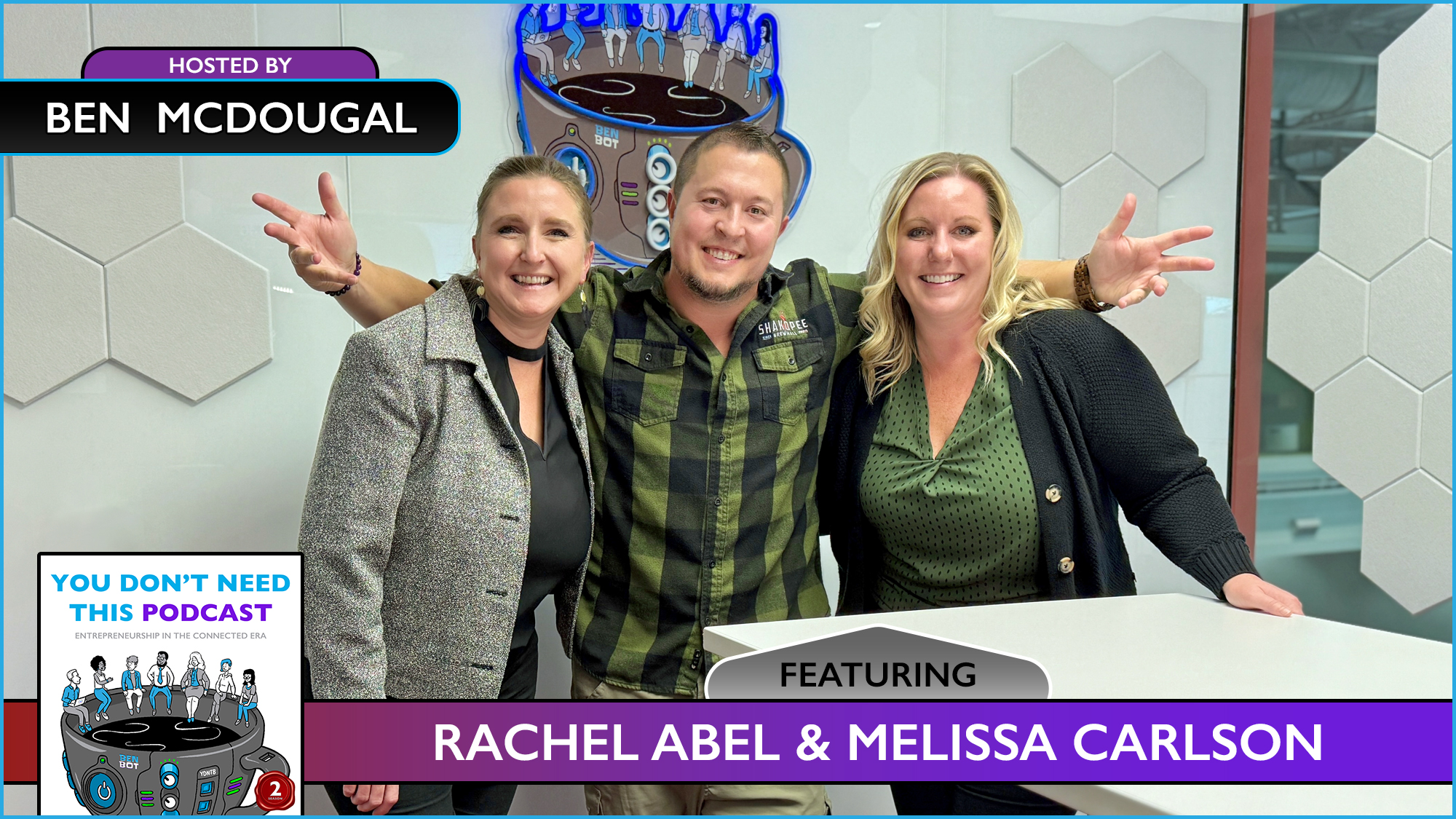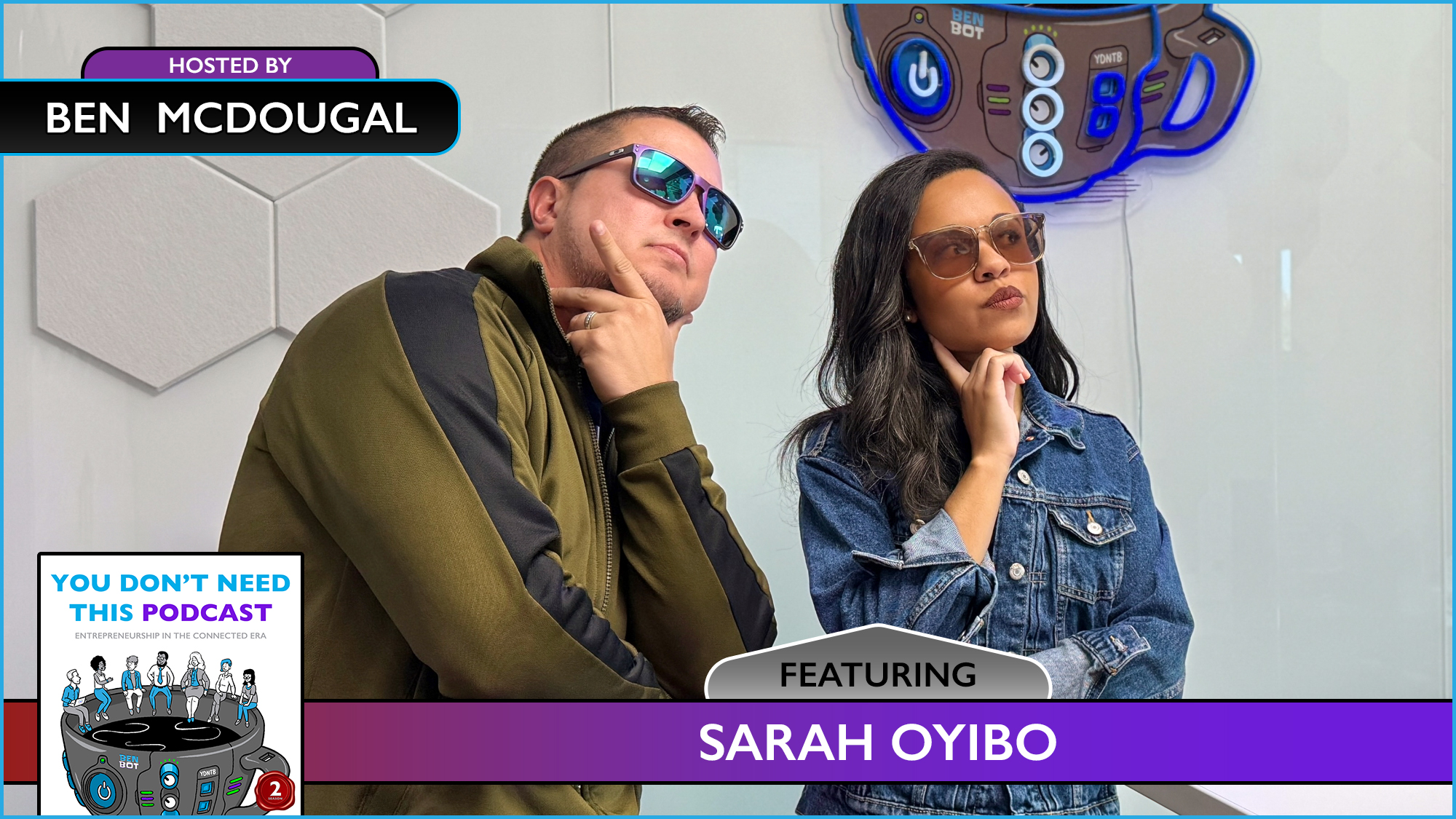
Nathan T. Wright is an artist. He has origins in the early days of social media, made impact inside corporate marketing, and now illustates remarkable art with drawings, cartoons, murals, and more. Ben and Nathan jam on The Adventures of Fatberg, the early (fun) days of social media, the speeds in-house at a large company, leading a creative process with clients, real skills for studying the arts, and understanding the business of being a full-time artist.
After the break that features a reading of Aphorism, Nathan and Ben dive back in by talking graphic recording at live events, the positive tension of smart cartoons, and extending value by reformatting great content into books. EP90 of YDNTP is an absolute bop – share with a friend!
Nathan T. Wright is the friend who illustrated the mug that has become part of a brand that is Ben McDougal.
What started as the caffeinated, community-driven cover art for You Don’t Need This Book, now extends through the Roasted Reflections NFT Collection, imprinted phygital clothing, the front of tiny ideabooks, temporary tattoos, a huge neon sign, and of course, the artwork for this timeless podcast! Cheers to this episode and another shared relic that keeps the fun brewing!
LISTEN on APPLE PODCASTS
LISTEN on SPOTIFY
https://etsy.com/shop/ntwillustration
City of Santa Ana FOG Activity Book
Roasted Reflections Break: Aphorism
https://NewYorker.com/latest/cartoons
http://Cartoonist.YouDontNeedThisPodcast.com
EP21 – Pinball Wizards 🎙️ Ben Sinclair
EP44 – Do What You Love 🎙️ Scotty Russell
EP55 – Inextinguishable Light 🎙️ Jim Morgan
EP60 – Goosebumps 🎙️ Nic Roth





